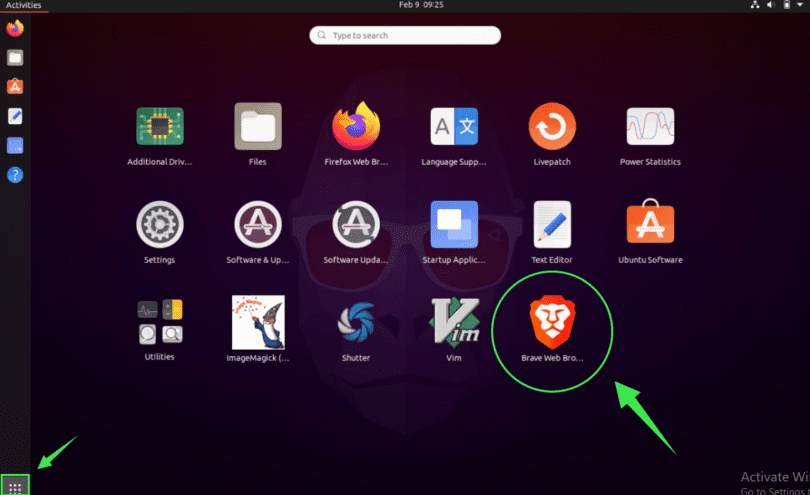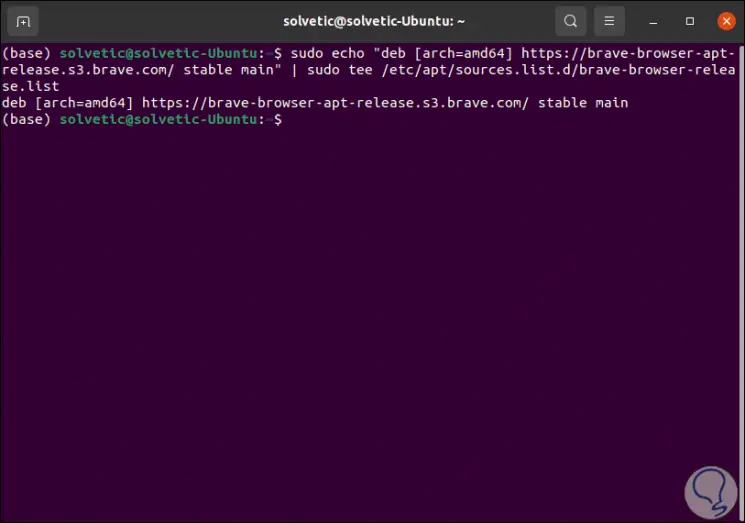
While rpm-ostree supports some traditional repositories the only ones that are tested for 100% compatibility are the ones provided by the Fedora team. 3.1 RPM-OSTREE (the git for your operating system) We can get our hands dirty though and install Brave through any of the other two options that Silverblue gives us. The main problem is that it's based on Chromium which was always a pain to package into any format for years now.


How to install Brave on Fedora Silverblueīrave is not yet packaged as a Flatpak, but there are ongoing discussions to adopt this format. A toolbox container uses streamlined Fedora 32 as a base and it gives you all the features of a normal Fedora install while integrating with your Silverblue system.ģ. After rebooting, you'll have access to your newly installed traditional program and in case something went wrong with the installation process you can reboot again to select the previous image without the package.Ĭreating a toolbox container is the third way of installing software. Installing a package this way, you will generate a second image of your system containing this new package. This tool allows you to lay traditional packages on top of your Fedora Silverblue install. This will give you access to popular apps like Spotify, Slack, Steam, etc. Fedora doesn't give you access by default to some of the more popular applications due to licensing issues, but they can be easily enabled by simply clicking a button on Flathub Setup Page. They are available to install from the Gnome Software application which comes with Silverblue. They are containerized applications, yet integrate seamlessly with the system. There are three main ways of getting software on a Silverblue base. My previous article about Fedora SilverblueĢ.Article about Silverblue in Fedora Magazine.Official site where you can download Silverblue.If you are curious to find more about Fedora Silverblue here are a couple of links:


Flatpak apps and other containers can be updated on-the-fly though. The fact that the OS updates work similarly to a git tree means that in the rare case something brakes while updating, you can just revert to your old system as it was right before the update took place.Ī disadvantage of this model is that, for now, updating apps that are not containerized requires you to reboot the system in order to deploy the updated version of Silverblue. The goal of an immutable OS like Silverblue is to keep your system as stable as possible while getting you the newest and greatest updates. In fewer words, Silverblue is an immutable OS. There is a clear distinction between system files and user files, the two never mix, it uses a containerized approach to applications by using Flatpak, and the updates are done by deploying an updated copy of your old system. Fedora Silverblue is a spin of the popular Fedora Gnu/Linux distribution, which looks the same, but is fundamentally different in the way it works.


 0 kommentar(er)
0 kommentar(er)
